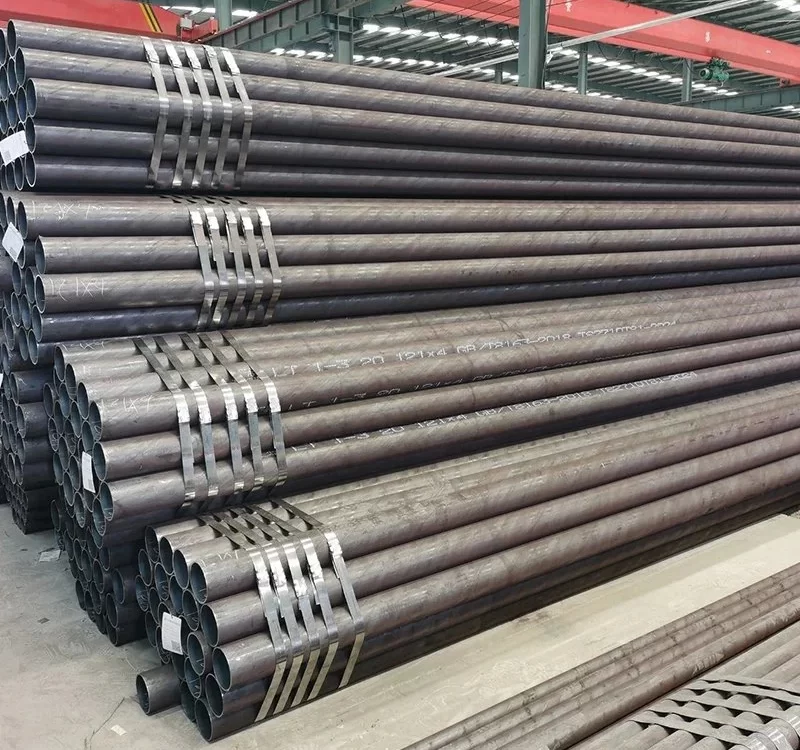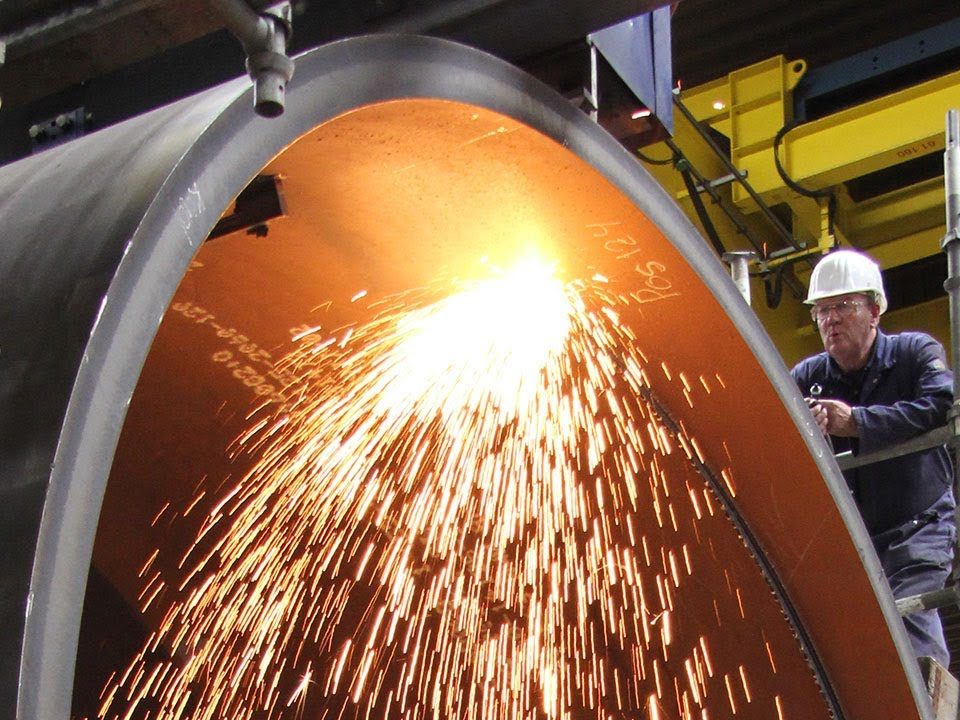
What is the difference between A3 steel pipe and Q235 steel pipe?
August 12, 2022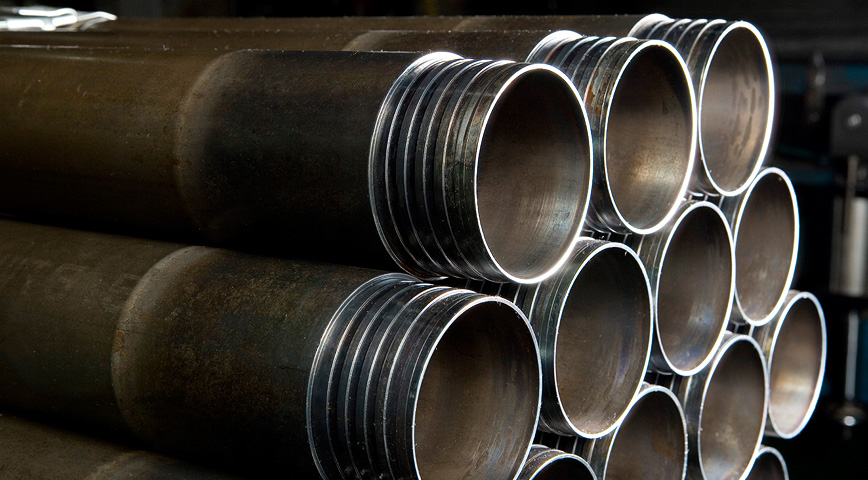
How do oil casings go into the oil wellhead ?
August 23, 2022Differences between the characteristics of different grades of alloy steel pipes, and application cases
12CrlMoV This steel has the characteristics of creep limit and lasting strength values are similar, in the long-term stretch, it has high plasticity, its oxidation resistance and thermal strength are higher than 2CrMoV, and the workmanship and weldability are good (preheating before welding, post-welding heat treatment to eliminate stress), generally used after normalizing and high temperature tempering Used to manufacture superheated steel pipes, conduits, radiator tubes and related forgings in high-pressure equipment with working temperatures not exceeding 570 ~ 585 °C
25Cr2MoVA medium carbon heat-resistant steel, high strength and toughness, below 500 °C, good high temperature performance, no thermal brittle tendency, good hardenability, cutting processability is acceptable, cold deformation plasticity is medium, poor weldability, generally used in the quenched and tempered state, can also be used after normalizing and high temperature tempering For the manufacture of nuts under high temperature conditions (less than or equal to 550 °C), bolts, studs (less than 530 °C), fasteners with long-term working temperature to about 510 °C, turbine overall rotor, sleeve, The main steam valve, control valve, can also be used as nitriding steel, used to make valve stems, gears and so on
38CrMoAl high-grade nitriding steel, with high nitriding properties and mechanical properties, good heat resistance and corrosion resistance, after nitriding treatment, can get high surface hardness, high fatigue strength and good overheat resistance, no tempering brittleness, cutting processability is acceptable, high temperature working temperature up to 500 ° C, but low plasticity when cold deformation, poor weldability, low hardenability, generally used after tempering and nitriding for manufacturing high fatigue strength, high wear resistance, precise size after heat treatment, Various nitriding parts with high strength and small size, such as cylinder liners, seat sleeves, bottom covers, piston bolts, inspection gauges, precision grinding machine spindles, lathe spindles, levers, precision lead screws and gears, worms, high-pressure valves, valve stems, imitation molds, rollers, templates, steam turbine governors, rotating sleeves, fixing sleeves, some wear-resistant parts on plastic extruders.
40CrV quenched and tempered steel, with high strength and high yield point, the comprehensive mechanical properties are better than 40Ct, cold deformation plasticity and cutting are medium, overheating sensitivity is small, but there is a tendency to temper brittleness and white spot sensitivity, generally used in the quenched and tempered state for the manufacture of variable load, high load of various important parts, such as locomotive connecting rods, crankshafts, push rods, propellers, beams, bushing brackets, studs, screws, non-carburized gears, nitrided various gears and pins, high-pressure boiler water pump shaft (diameter less than 30mm ), high-pressure cylinders, steel pipes and bolts (working temperature less than 420 °C, 30MPa), etc
50CrV alloy spring steel, with good comprehensive mechanical properties and workmanship, good hardenability, good tempering stability, high fatigue strength, working temperature up to 500 °C, low temperature impact toughness is good, poor weldability, usually used after quenching and medium temperature tempering Used to manufacture operating temperature below 210 °C various springs and other mechanical parts, such as internal combustion engine valve springs, injector springs, boiler safety valve springs, car buffer springs
15CrMn is a carburized steel with good hardenability, high surface hardness and good wear resistance, which can be used to replace 15CrMo to manufacture gears, worm gears, plastic molds, turbine oil seals and steam shaft sleeves
20CrMn carburized steel, high strength, toughness are high, good hardenability, the performance obtained after heat treatment is better than 20Cr, quenching deformation is small, low temperature toughness is good, cutting processability is better, but the welding performance is low, generally used after carburizing quenching or quenching and tempering Used to manufacture heavy-duty large-section quenched and tempered parts and carburized parts with small sections, and can also be used to manufacture medium loads, small and medium-sized parts with small impact, instead of 20CrNi, such as gears, shafts, friction wheels, worm governor sleeves, etc
40CrMn has good hardenability and high strength, and can replace the shafts and connecting rods of pumps manufactured by 42CrMo and 40CrNi under high speed and high bending load operating conditions, gear pumps without strong impact loads, pump rotors, clutches, bolts for high-pressure vessel covers, etc
20CrMnSi has high strength and toughness, cold deformation processing plasticity is high, stamping performance is better, suitable for cold drawing, cold rolling and other cold work processes, welding performance is better, quenchability is lower, tempering brittleness is larger, generally not used for carburizing or other heat treatment, when needed, can also be used after quenching + tempering for the manufacture of welding parts with higher strength, toughness of tensile parts and thickness of less than 16mm sheet stamping parts, cold-drawn parts, cold-stamped parts, such as larger cross-section chains, chain links in mining equipment, Bolts, etc
25CrMnSi strength is higher than 20CrMnSi, poor toughness, after heat treatment, strength, plasticity, toughness are good Manufacturing tie rods, important welding and stamping parts, high-strength welding components
30CrMnSi high-strength quenched and tempered structural steel, with high strength and toughness, high hardenability, medium cold deformation plasticity, good cutting performance, tempering brittle tendency, poor lateral impact toughness, good welding performance, but when the thickness is greater than 3mm, it should be preheated to 150 °C, after welding needs heat treatment, general quenching and tempering after use More used to manufacture high load, high speed of various important parts, such as gears, shafts, clutches, sprockets, grinding wheel shafts, bushings, bolts, nuts, etc., also used to manufacture wear-resistant, Parts with low operating temperatures, welded components with variable loads, such as blades, valve plates and non-corrosive pipes for high-pressure blowers
35CrMnSi low-alloy ultra-high strength steel, after heat treatment has good comprehensive mechanical properties, high strength, sufficient toughness, hardenability, weldability (preheating before welding), processing formability are better, but corrosion resistance and oxidation resistance are low, the use of temperature is usually not higher than 200 °C, generally low temperature tempering or isothermal quenching after use for the manufacture of medium speed, heavy load, high strength parts and high strength components, such as aircraft landing gear and other high-strength parts, high-pressure blower blades, in the manufacture of small and medium-section parts, The corresponding chromium-nickel-molybdenum alloy steel can be partially replaced
20CrMnMo high strength of high-grade carburized steel, strength higher than 15CrMnMo, plasticity and toughness slightly lower, hardenability and mechanical properties than 20CrMnTi higher, quenching low temperature tempering has good comprehensive mechanical properties and low temperature impact toughness, carburizing quenching has high bending strength and wear resistance, but grinding is easy to produce cracks, weldability is not good, suitable for resistance welding, preheating before welding, tempering after welding, cutting machinability and thermal workability are good often used to manufacture high hardness, high strength Larger important carburizing parts with high toughness (their requirements are higher than 15CrMnMo), such as crankshafts, camshafts, connecting rods, gear shafts, gear shafts, gears, pin shafts, and can also be used instead of 12Cr2Ni4
40CrMnMo has good comprehensive mechanical properties after quenching and tempering treatment, good hardenability, high tempering stability, mostly used in the quenching and tempering state for the manufacture of heavy-duty, large sectional gear shafts, gears, large truck rear axle half shafts, shafts, eccentric shafts, connecting rods, similar parts of steam turbines, but also instead of 40CrNiMo
20CrMnTi carburized steel, can also be used as quenched and tempered steel, quenching + low temperature tempering, comprehensive mechanical properties and low temperature impact toughness is good, after carburizing has good wear resistance and bending strength, heat treatment process is simple, hot processing and cold working is better, but high temperature tempering when there is a tempering / brittle tendency is widely used, a large amount of alloy structural steel, used in the manufacture of automotive tractor cross-section size less than 30mm medium or heavy load, impact wear-resistant and high-speed various important parts, such as gear shafts, ring gears , gears, cross shafts, spindles supported by plain bearings, worms, tooth clutches, and sometimes, instead of 20SiMoVB, 20MnTiB
30CrMnTi mainly uses titanium carburized steel, sometimes can also be used as quenched and tempered steel, carburizing and quenching after good wear resistance, high static strength characteristics, good heat treatment process, carburizing can be directly cooled and quenched, and quenching deformation is very small, high temperature tempering when there is tempering brittleness Used to manufacture carburizing parts with high heart strength, such as gear shafts, gears, worms, etc., can also manufacture quenched and tempered parts, such as automobiles, tractors on the larger section of the active gear, etc
20CrNi has high strength, high toughness, good hardenability, after carburizing and quenching, the heart has good toughness, high surface hardness, good machinability, medium plasticity when cold deformation, poor weldability, preheating to 100 ~ 150 °C before welding, generally after carburizing and quenching tempering used for the manufacture of heavy-duty large and important carburizing parts, such as spline shafts, shafts, keys, gears, piston pins. It can also be used to manufacture quenched and tempered parts with high impact toughness
40CrNi medium carbon alloy quenched and tempered steel, with high strength, high toughness and high hardenability, quenching and tempering state, good comprehensive mechanical properties, low temperature impact toughness is good, tempering brittle tendency, water cooling is easy to produce cracks, good machinability, but poor weldability, used in the quenching and tempering state for the manufacture of forging and cold stamping and large cross-sectional size of important tempering parts, such as connecting rods, discs, crankshafts, gears, shafts, screws, etc
45CrNi performance and 40CrNi are similar, due to the high carbon content, so its strength and hardenability are slightly improved For the manufacture of a variety of important tempering and tempering parts, and 40CrNi uses are similar, such as the manufacture of internal combustion engine crankshafts, automobiles, tractor spindles, connecting rods, valves and bolts
50CrNi performance is better than 45CrNi Can manufacture important shafts, crankshafts, drive shafts, etc
12CrNi2 low carbon alloy carburized structural steel, with high strength, high toughness and high hardenability, medium plasticity when cold deformation, low temperature toughness is better, cutting processability and weldability are better, large forgings have a tendency to form white spots, tempering brittle tendency is small Suitable for manufacturing medium and small carburizing or carbonitriding parts with high heart toughness and low strength requirements, such as piston pins, bushings, push rods, spindles, pinions, gears, tooth sleeves, etc
12CrNi3 advanced carburized steel, quenched plus low temperature tempering or high temperature tempering, all have good comprehensive mechanical properties, low temperature impact toughness is good, notch sensitivity is small, cutting processability and weldability are still good, but there is tempering brittleness, white point sensitivity is high, after carburizing needs to be secondary quenching, special cases also need cold treatment For the manufacture of high surface hardness, good heart mechanical properties, heavy load, impact, wear and other requirements of various carburizing or carbonitriding parts, such as transmission shaft, spindle, camshaft, mandrel, connecting rod, Gears, bushings, pulleys, valve trays, oil pump rotors, piston risers, piston pins, cardan coupling crossheads, important screws, adjustment screws, etc
20CrNi3 steel has good comprehensive mechanical properties after quenching and tempering or quenching low temperature tempering, low temperature impact toughness is also better, this steel has a white spot sensitivity tendency, high temperature tempering has a tempering brittle tendency. Quenched to semi-martensitic hardness, oil quenching can be quenched through ~50 ~ 70mm, good machinability, medium weldability is mostly used to manufacture gears, shafts, worms and screws, double-ended bolts, pins and so on under high load conditions
30CrNi3 has excellent hardenability, strength and toughness is high, after quenching plus low temperature tempering or high temperature tempering have good comprehensive mechanical properties, good machinability, but low plasticity when cold deformation, poor weldability, white spot sensitivity and tempering brittle tendency, generally used in the quenched and tempered state for the manufacture of large, loaded important parts or hot forging, hot stamping load high parts, such as shafts, worms, connecting rods, crankshafts, transmission shafts, steering shafts, front axles, gears, keys, bolts, nuts, etc
37CrNi3 has high toughness, high hardenability, oil cooling can completely harden the parts of ~150mm, stable creep resistance at 450 °C, good low temperature impact toughness, and the second type of tempering brittleness when tempering in the range of 450~550 °C, with a large tendency to form white spots. Due to the good hardenability, it is necessary to use normalizing and high temperature tempering to reduce hardness and improve machinability, generally used in the quenched and tempered state for the manufacture of heavy-duty, impact, large cross-section parts or low temperature, impacted parts or hot forging, hot stamping parts, such as rotor shafts, impellers, important fasteners and so on
12Cr2N14 alloy carburized steel, with high strength, high toughness, good hardenability, surface hardness and wear resistance after carburizing and quenching is very high, cutting processability is still good, cold deformation elbow plasticity is medium, but there is white spot sensitivity and tempering brittleness, poor weldability, preheating before welding, generally in carburizing and secondary quenching, low temperature tempering after use Carburizing and secondary quenching, low temperature tempering, used for the manufacture of large carburizing parts with high loads, such as various gears, worm gears, worms, shafts, etc., can also be used after quenching and low temperature tempering, Manufacture high-strength, high-toughness mechanical parts
20Cr2Ni4 strength, toughness and hardenability are higher than 12Cr2Ni4, carburizing can not be directly quenched, and before quenching need to carry out a high temperature tempering, in order to reduce a large number of residual austenite surface, cold deformation plasticity is medium, cutting processability is acceptable, weldability is poor, preheating before welding to 150 °C, self-point sensitivity, there is a tendency to temper brittleness Used to manufacture large carburizing parts that require higher than 12Cr2Ni4 performance, such as large tooth shafts, shafts, etc., can also be used to manufacture quenching parts with high strength and toughness
20CrNiMo 20CrNiMo steel is originally the steel number 8720 in the American AISI and SAE standards. The hardenability is similar to that of 20CrNi steel. Although the Ni content in the steel is half of that of 20CrNi steel, due to the addition of a small amount of Mo element, the upper part of the austenite isothermal transition curve is shifted to the right; Due to the appropriate increase in mn content, the hardenability of this steel is still very good, and the strength is higher than that of 20CrNi steel, which is commonly used to manufacture gears in the engine and transmission system of small and medium-sized cars and tractors; It can also replace 12CrNi3 steel to manufacture carburized parts and cyanided parts that require higher performance in the heart, such as the claws and teeth of the tooth wheel drill bits used in oil drilling and metallurgical open pit mines。。

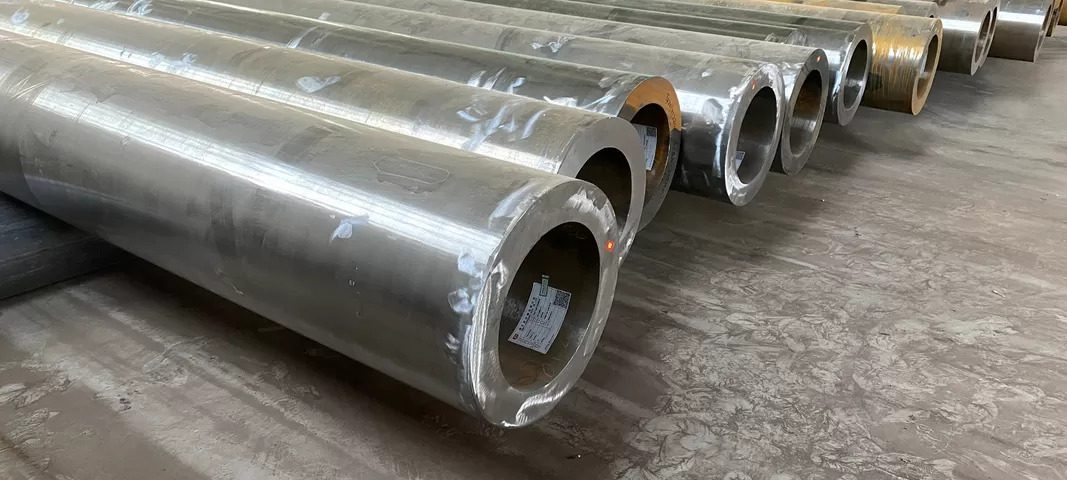
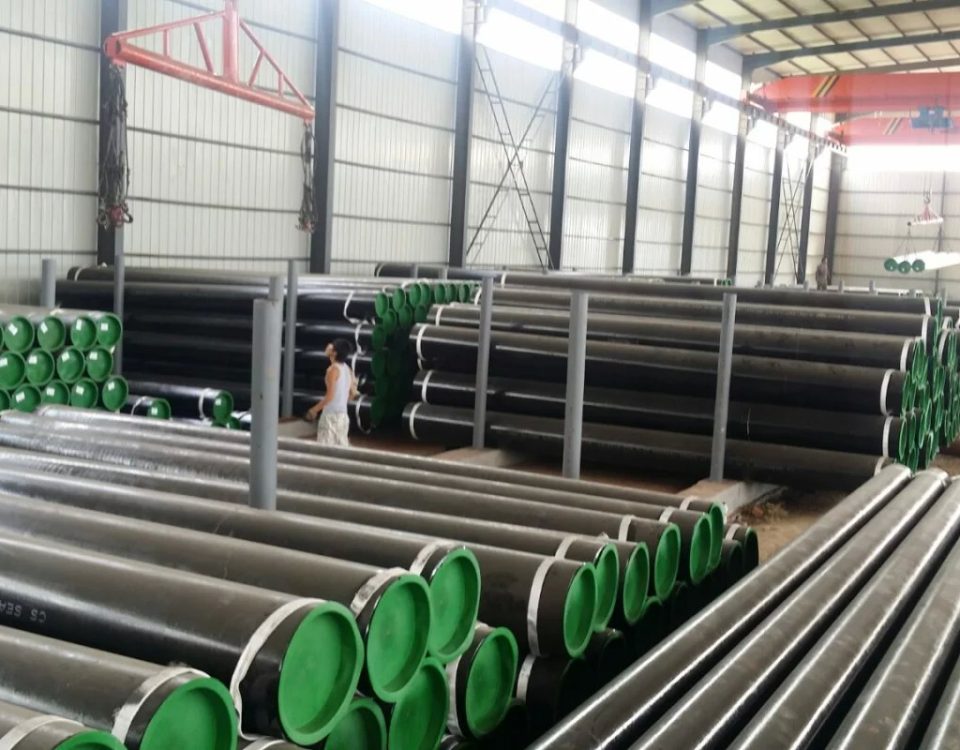
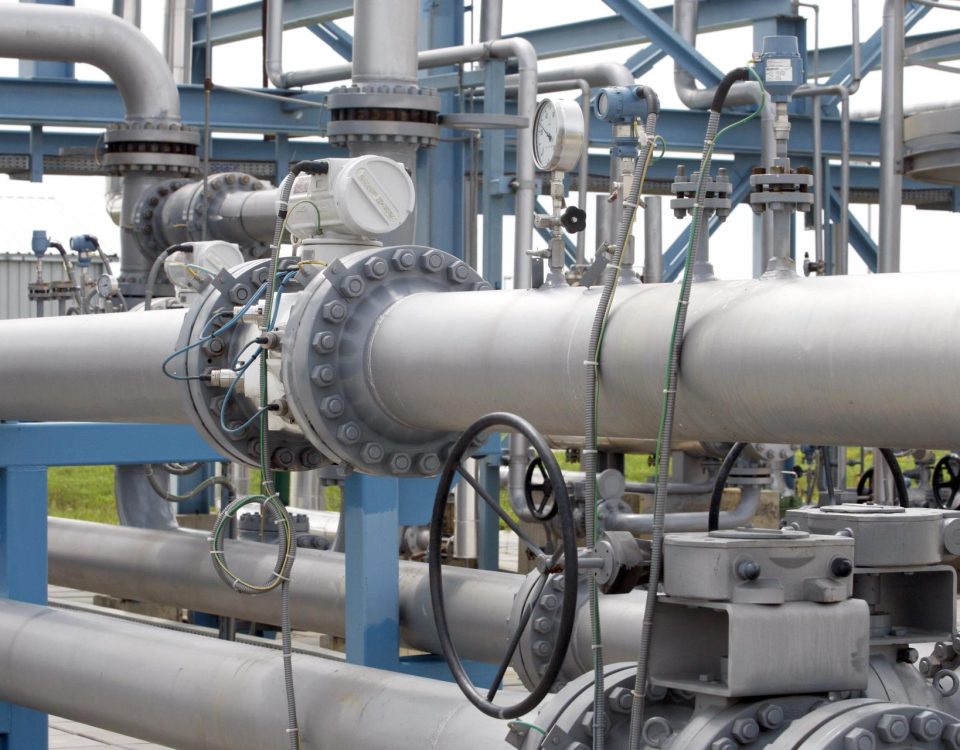
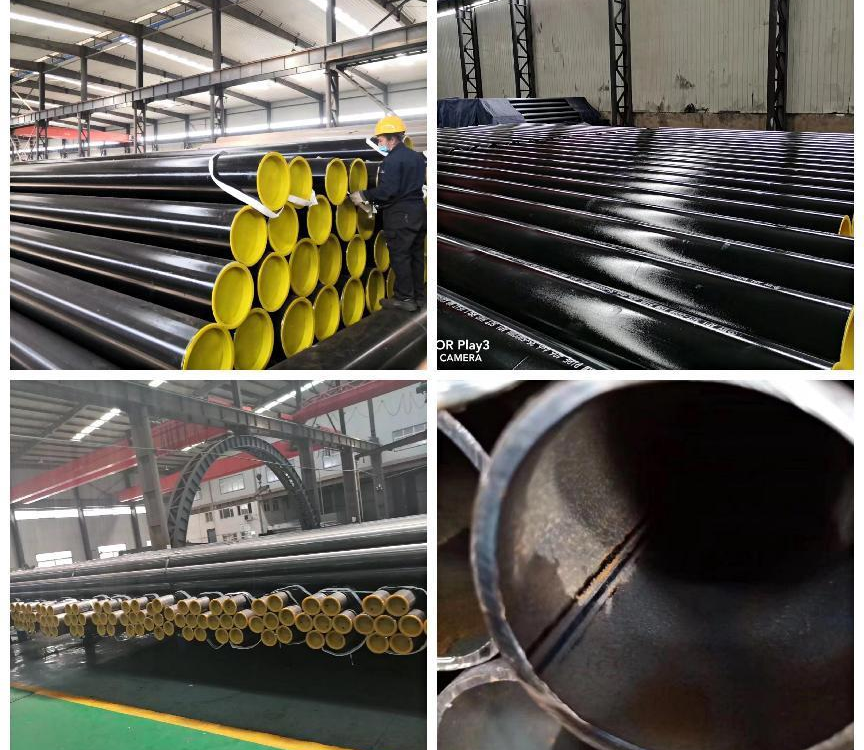
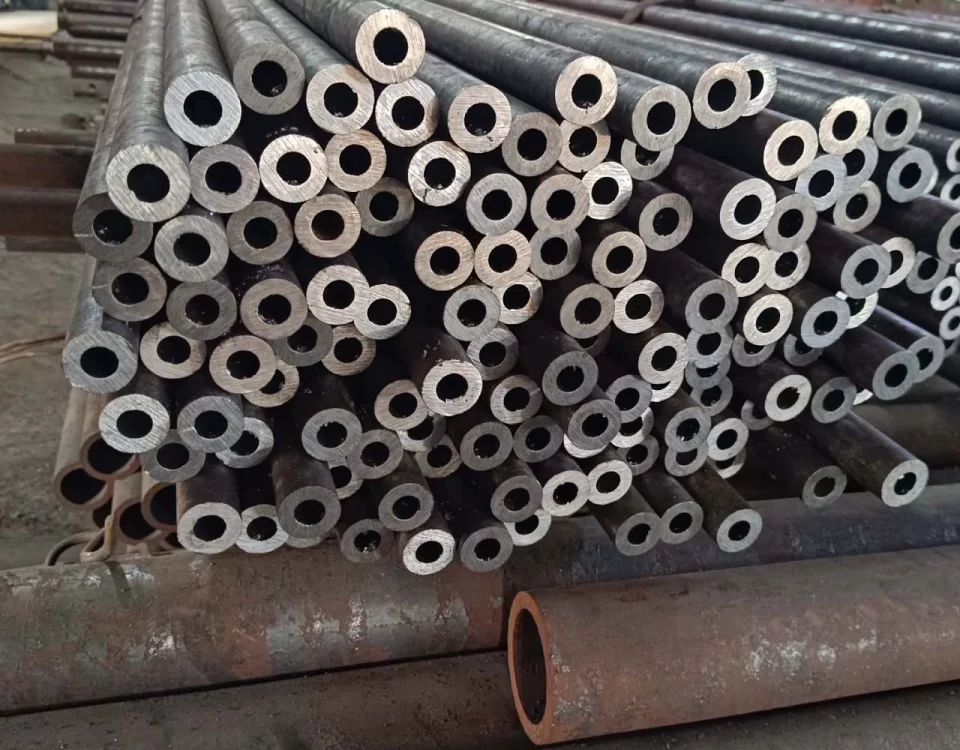
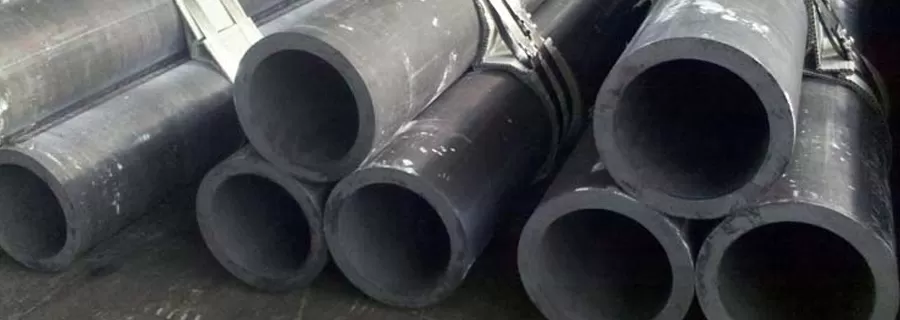

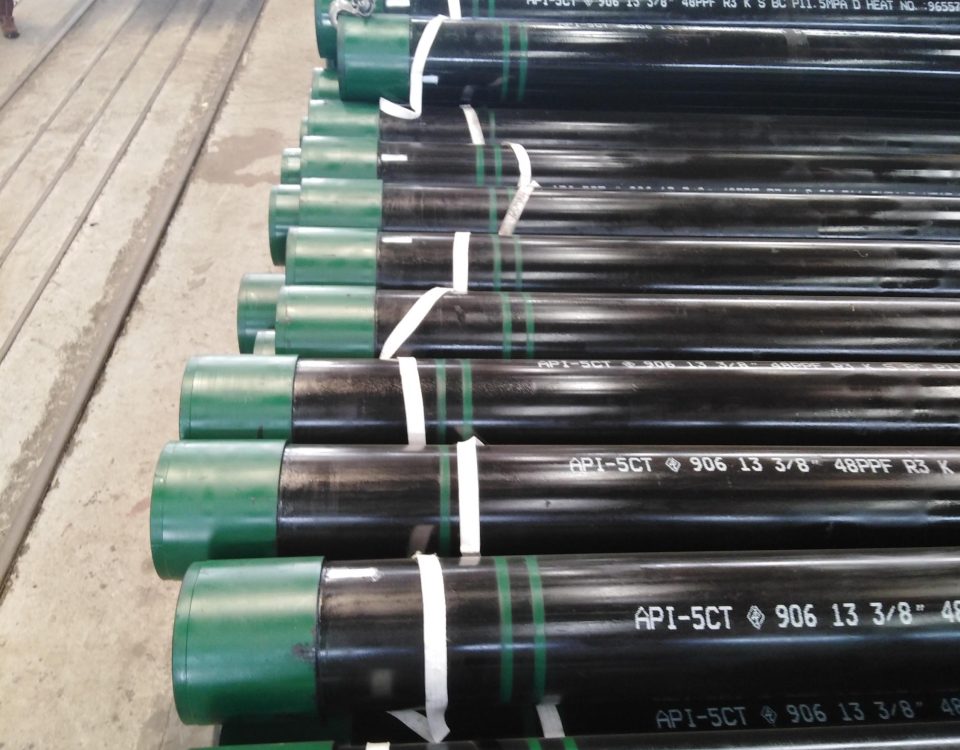
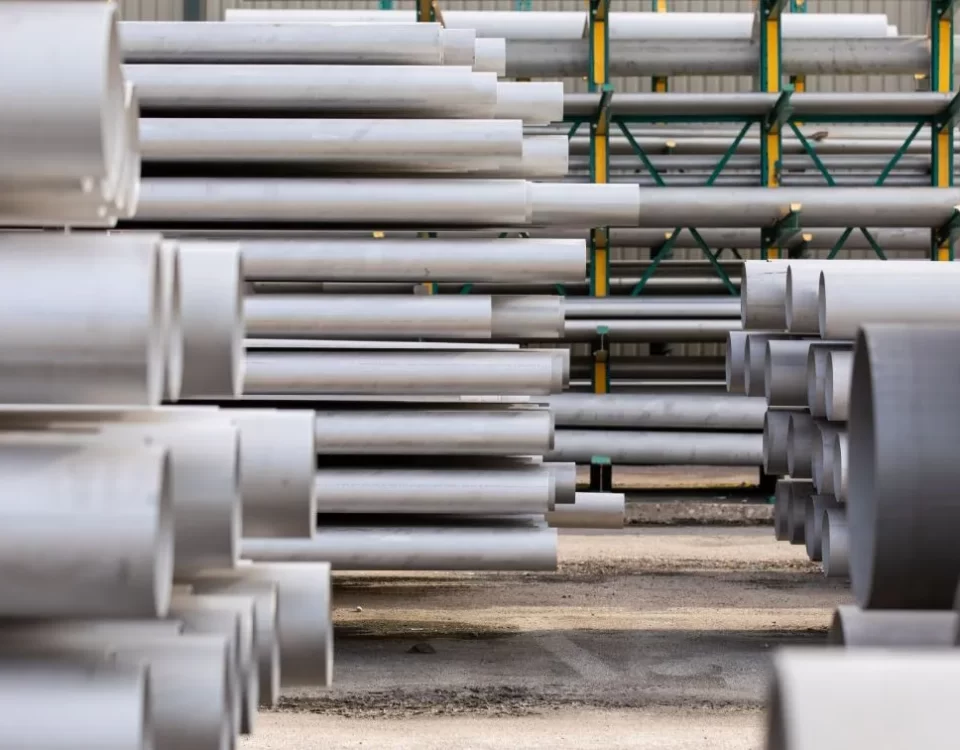
-steel-pipe.jpg)
